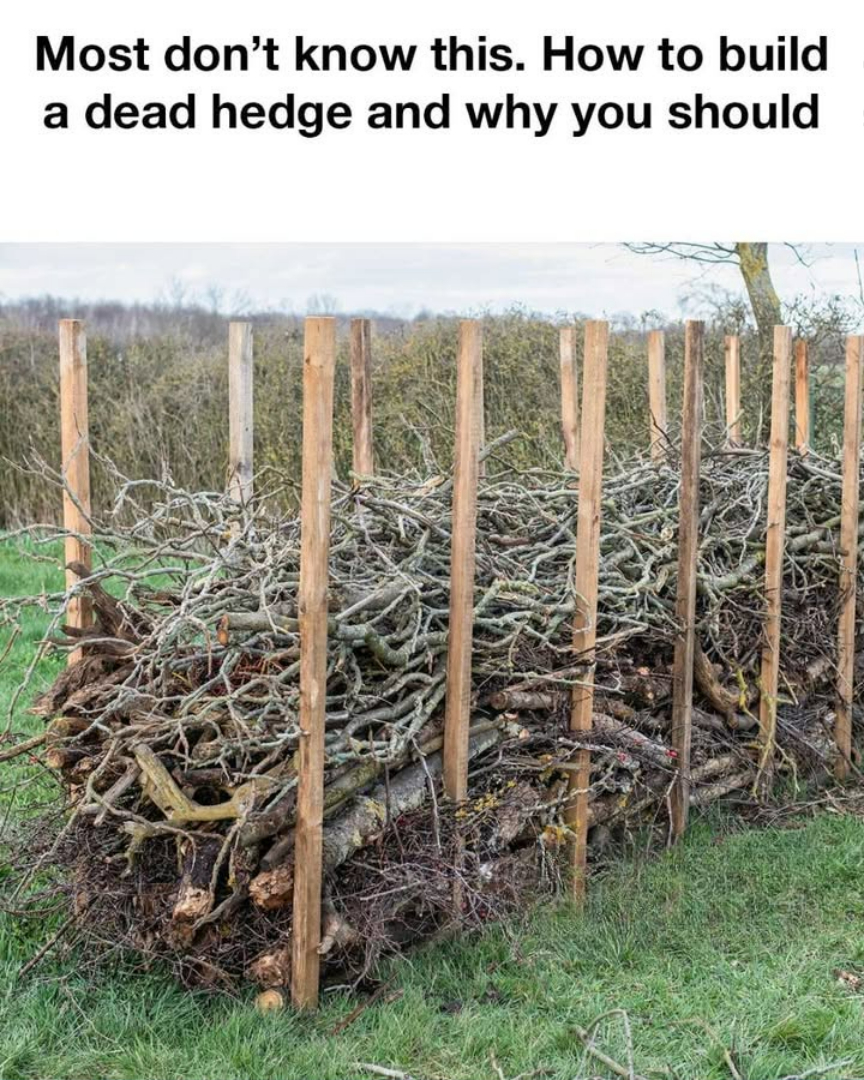A dead hedge is a simple, eco-friendly structure made from branches, twigs, and other natural materials. It serves as a barrier or boundary in gardens and natural landscapes. Unlike traditional hedges, dead hedges do not require living plants, making them a low-maintenance option for gardeners. They are particularly useful in areas where traditional hedges struggle to grow due to poor soil conditions or lack of sunlight. Dead hedges have been used historically in Europe as a practical solution for fencing and habitat creation. They are gaining popularity today as people look for sustainable and wildlife-friendly gardening practices.
Benefits of Building a Dead Hedge
Dead hedges offer numerous benefits, both practical and ecological. They provide a habitat for wildlife, offering shelter and nesting sites for birds, insects, and small mammals. This can increase biodiversity in your garden. Additionally, dead hedges act as windbreaks, reducing soil erosion and protecting more delicate plants from harsh weather. They also recycle garden waste, turning pruned branches and twigs into a useful structure rather than sending them to landfill. Furthermore, dead hedges can enhance the aesthetic appeal of a garden, adding a rustic, natural look that blends seamlessly with the environment.
Understanding the Environmental Impact
The environmental impact of dead hedges is overwhelmingly positive. By using natural materials that would otherwise be discarded, dead hedges contribute to waste reduction. They also promote biodiversity by providing habitats for various species, which is crucial in urban and suburban areas where natural habitats are often limited. Dead hedges can improve soil health by acting as a windbreak and reducing erosion. They also help in carbon sequestration, as the decomposition process of the organic materials slowly releases carbon back into the soil, enriching it over time.
Materials Needed for a Dead Hedge
To build a dead hedge, you’ll need a variety of natural materials. The primary components are branches and twigs, ideally from hardwood trees like oak, beech, or ash, which decompose slowly. You’ll also need stakes or posts to support the structure; these can be made from sturdy branches or wooden poles. Additional materials can include leaves, smaller twigs, and other garden debris to fill gaps and add bulk. It’s important to use untreated wood to avoid introducing chemicals into your garden.

